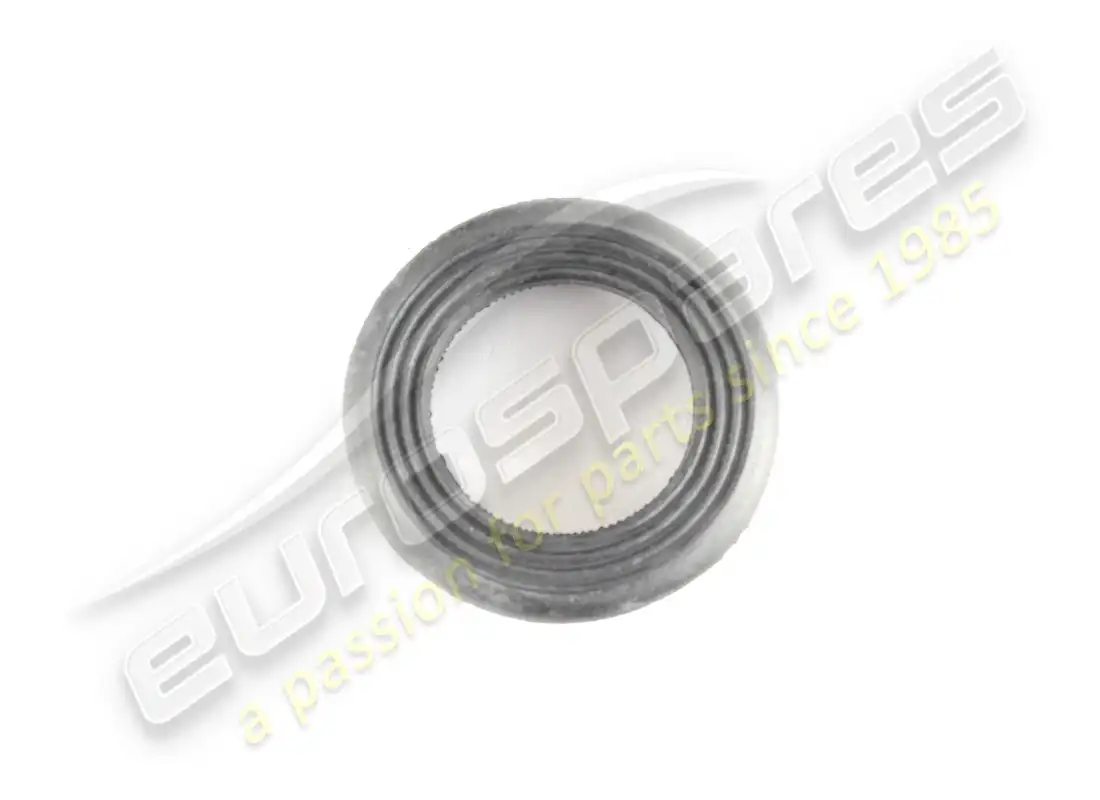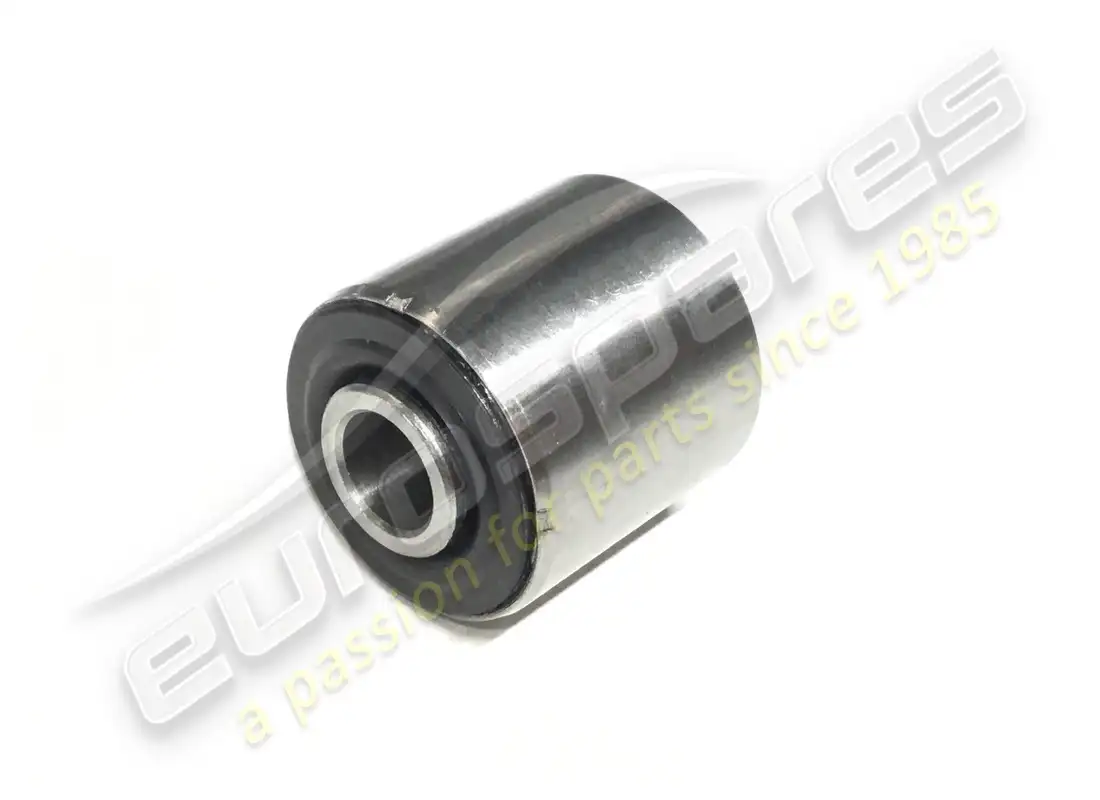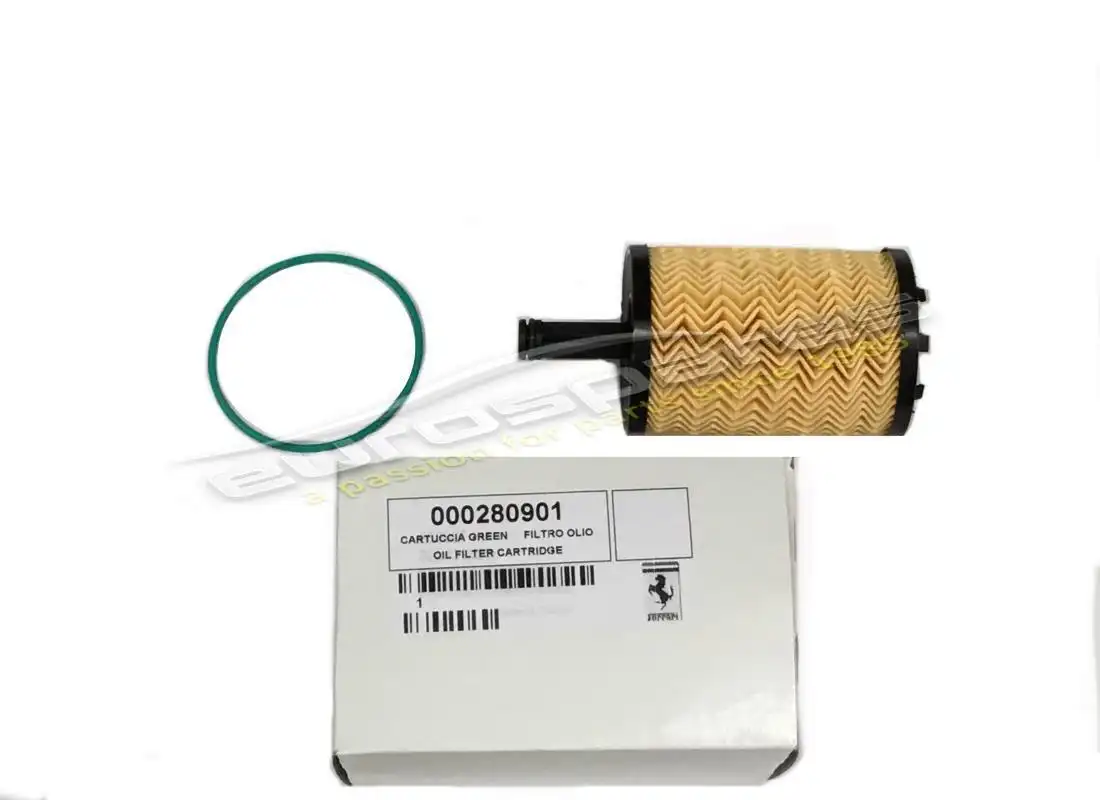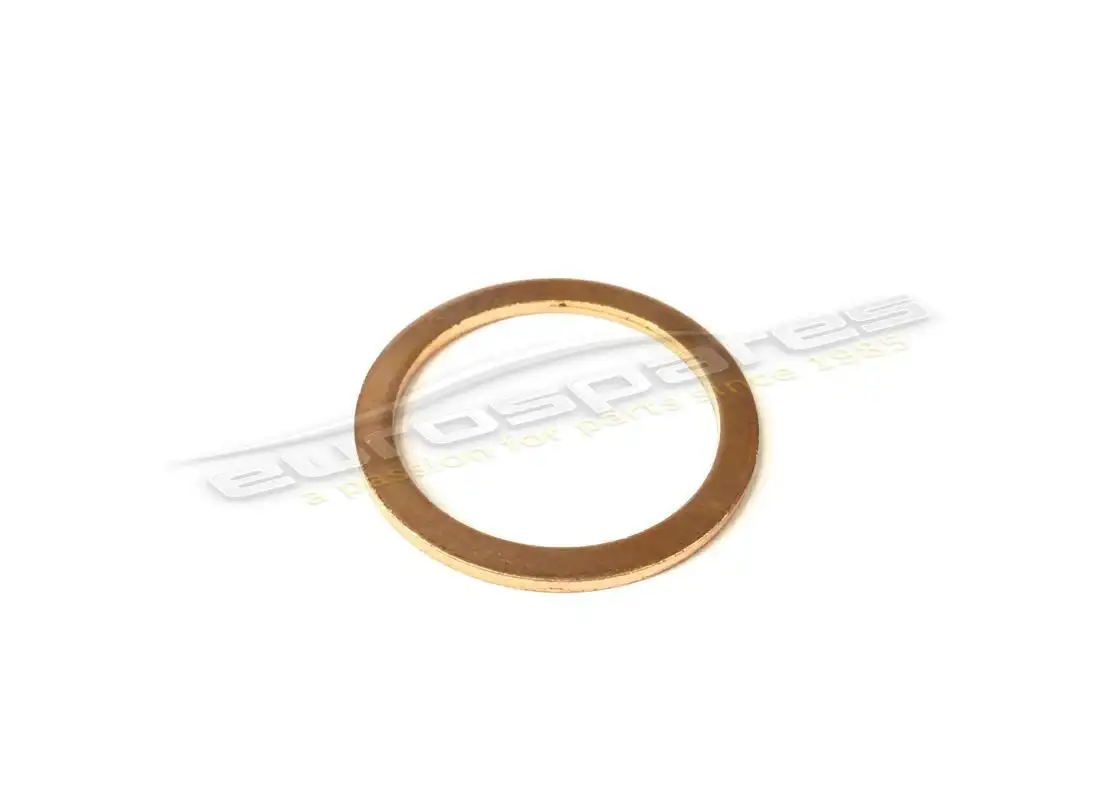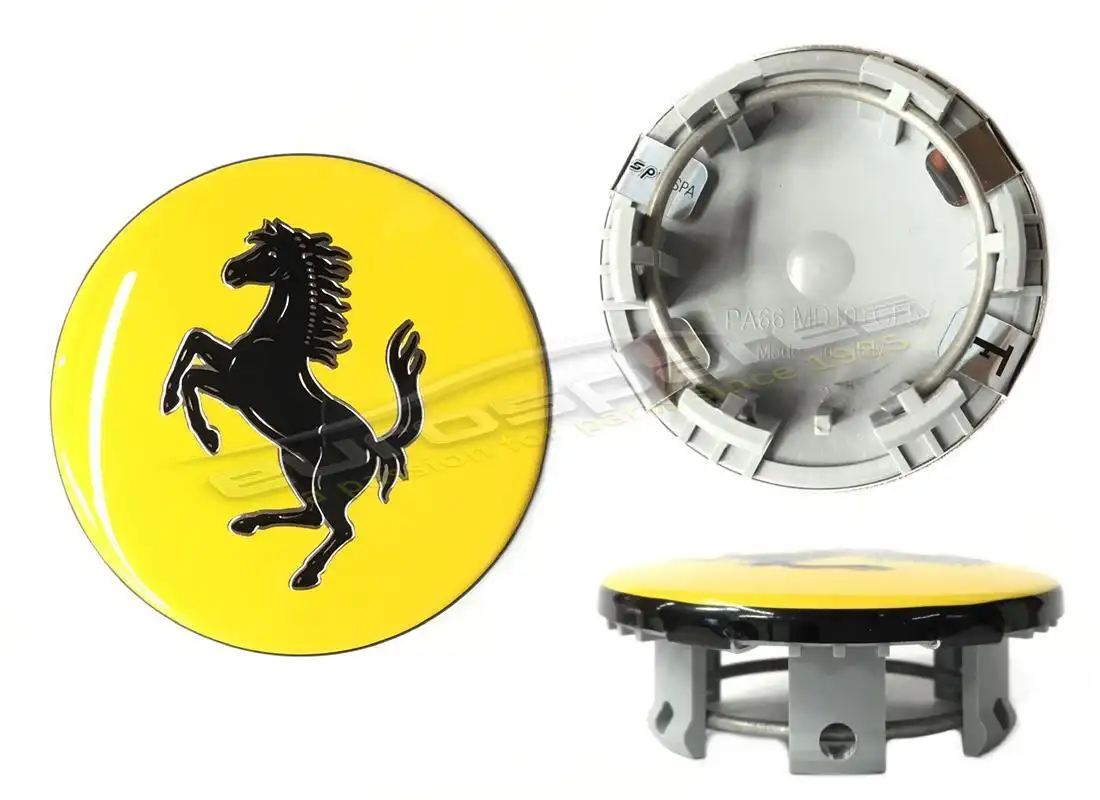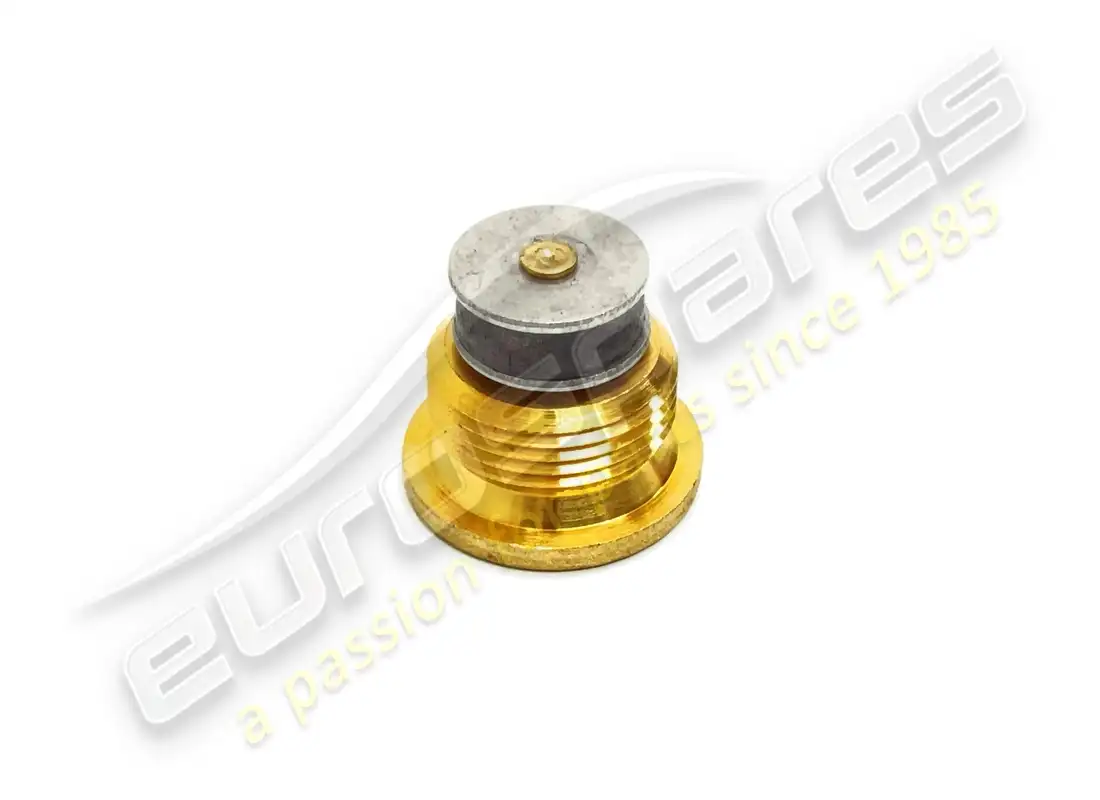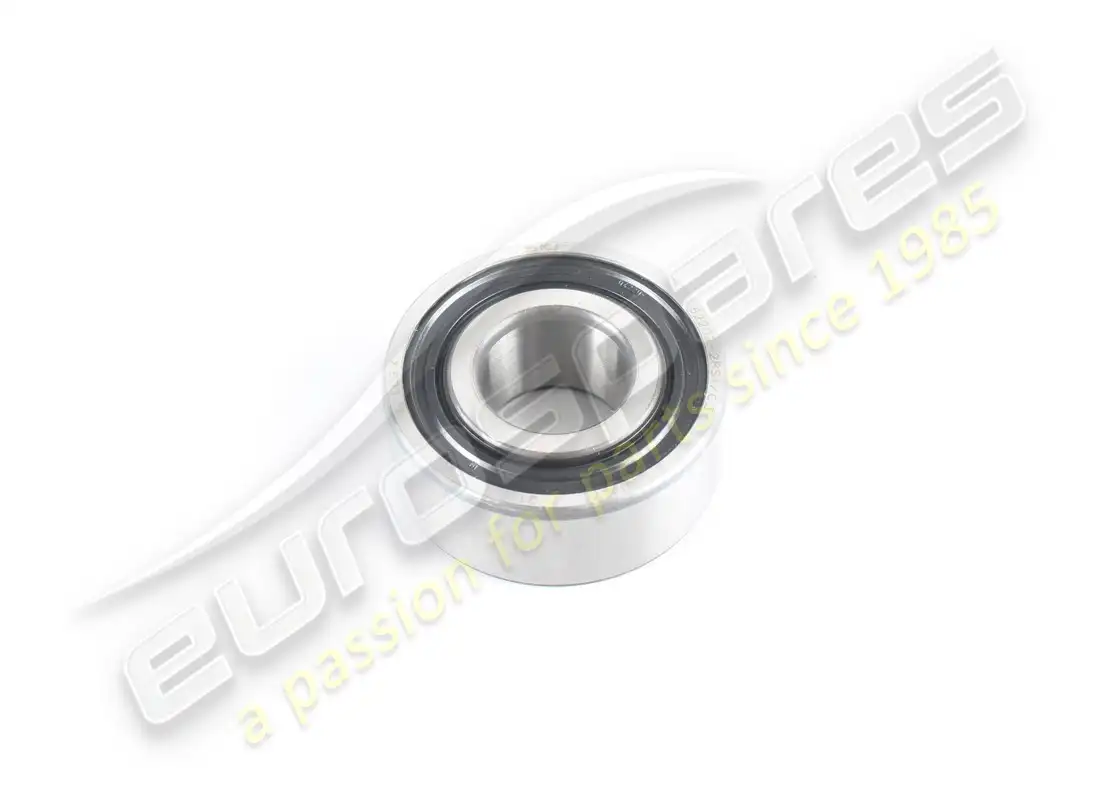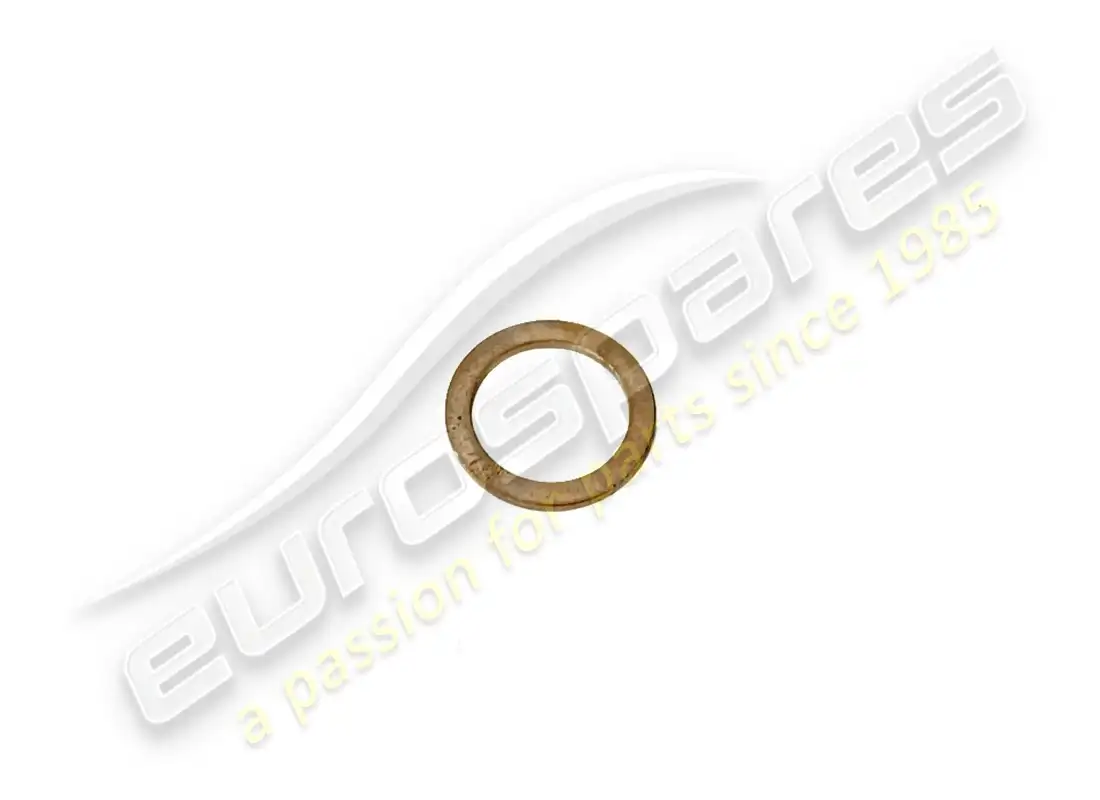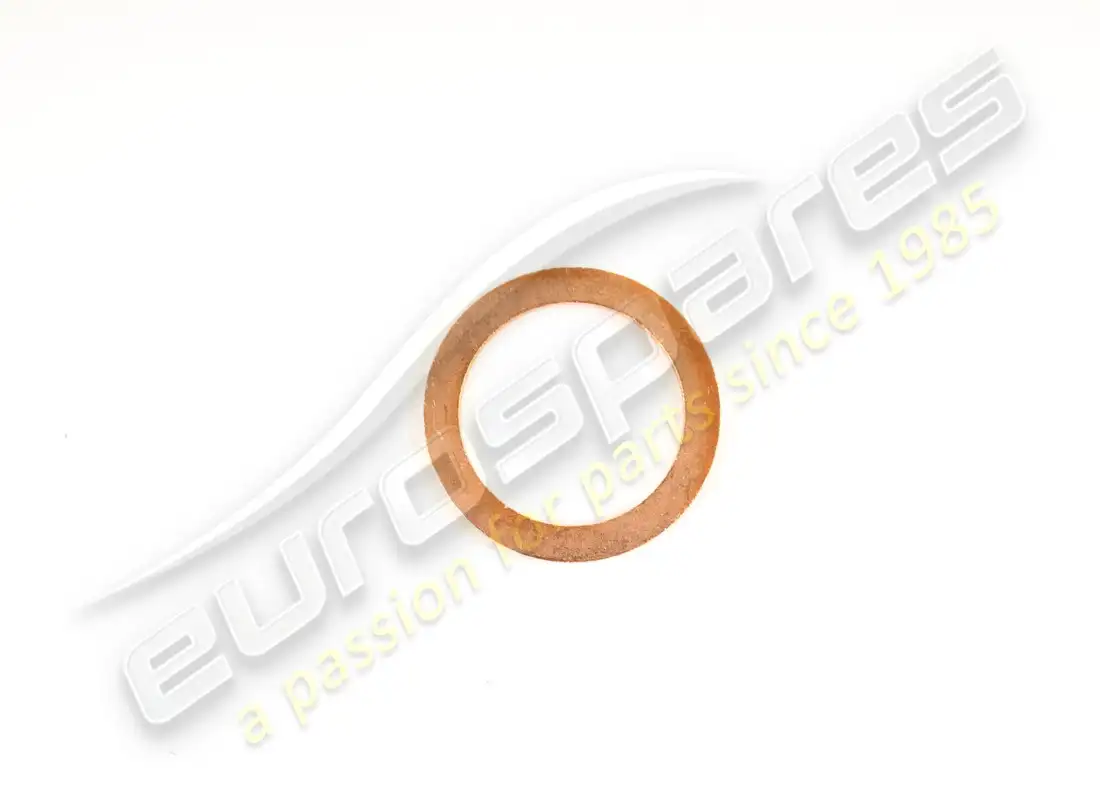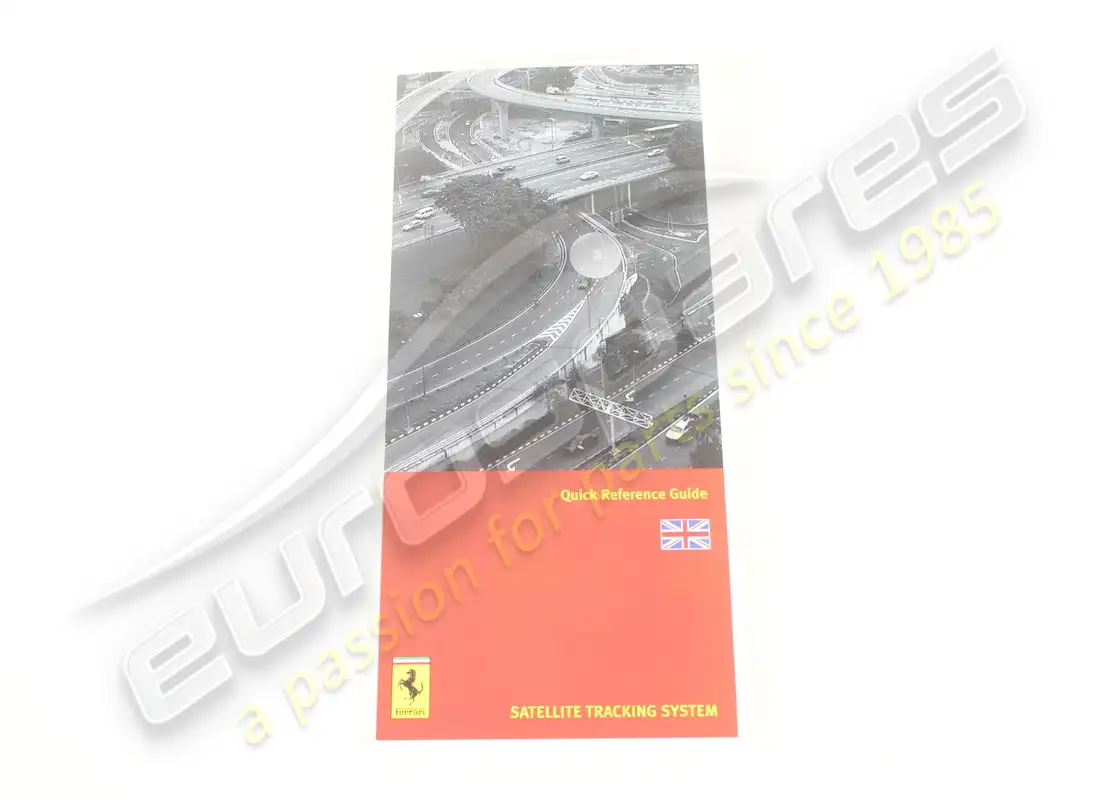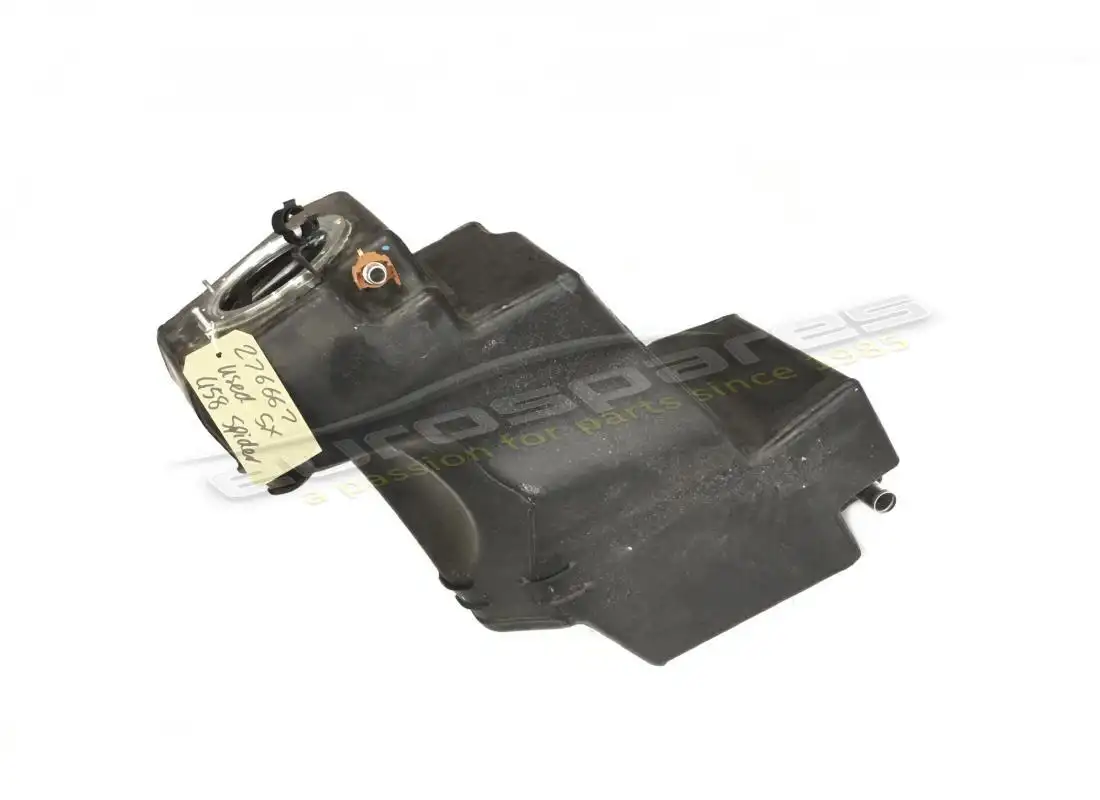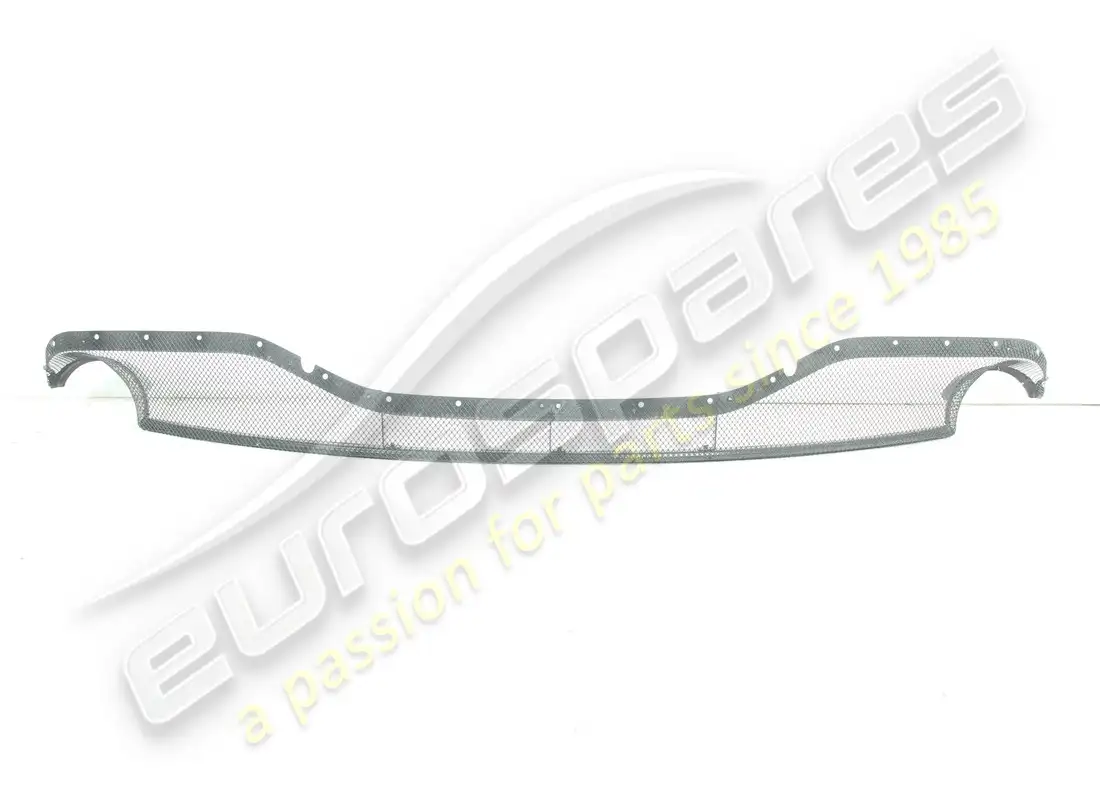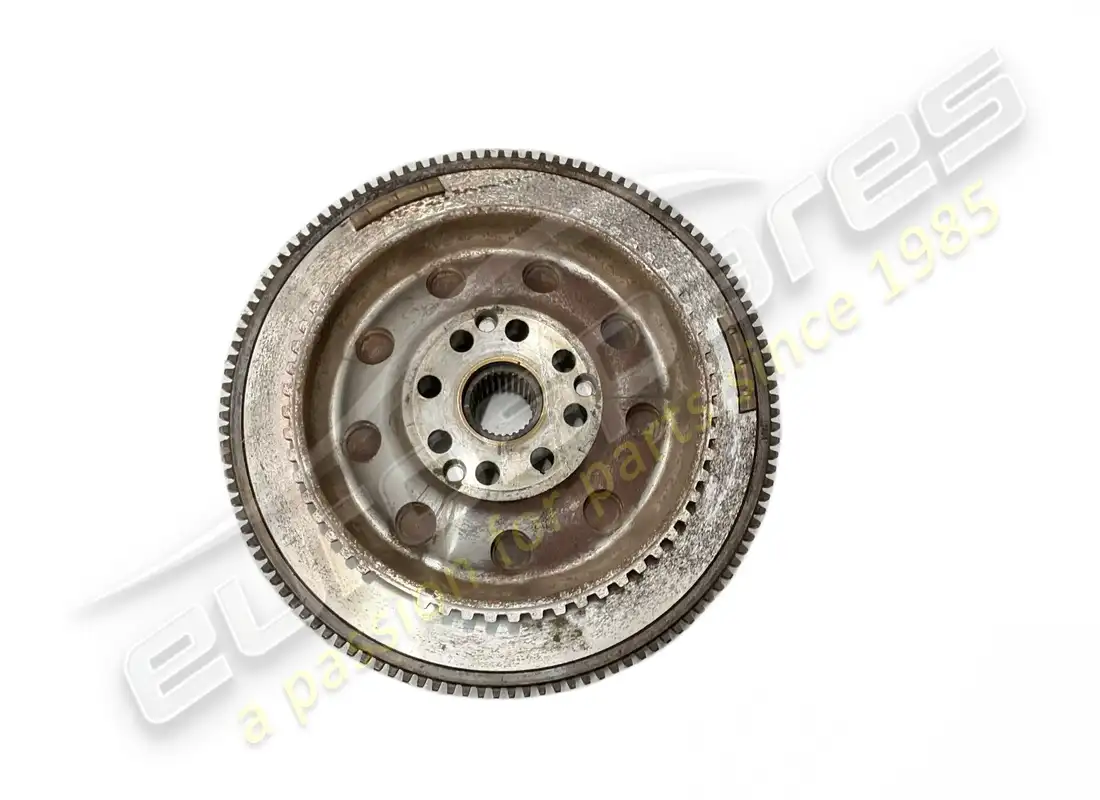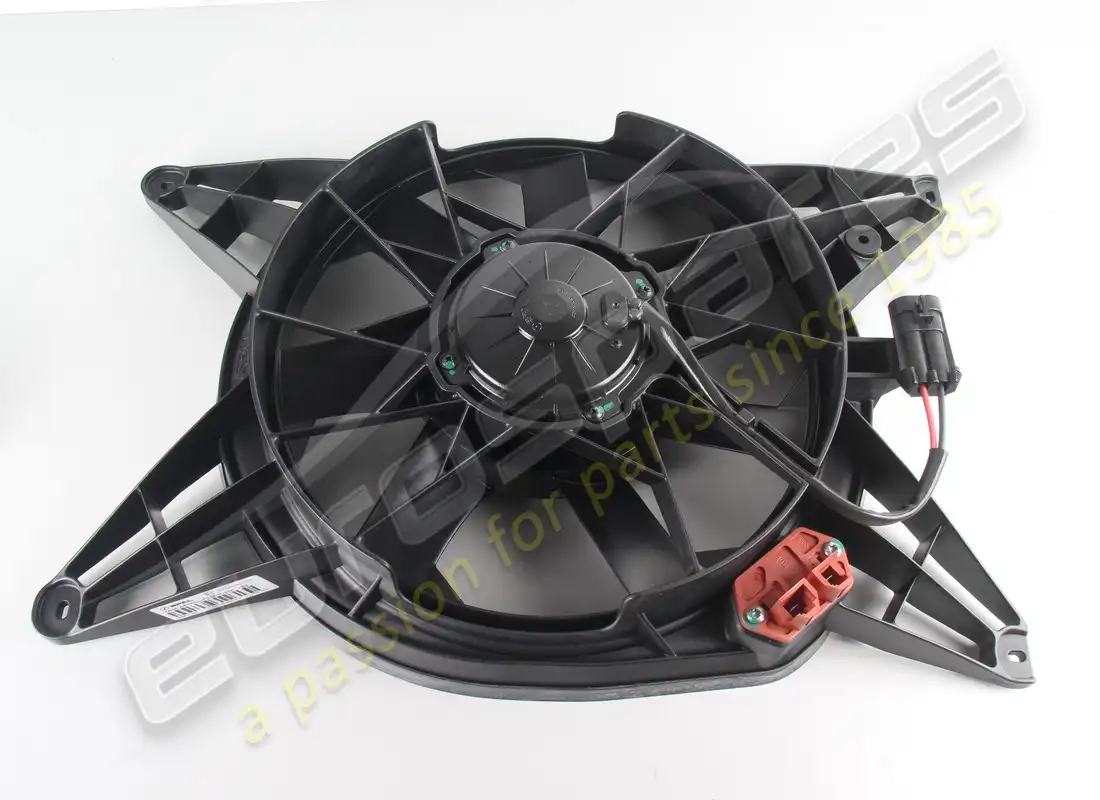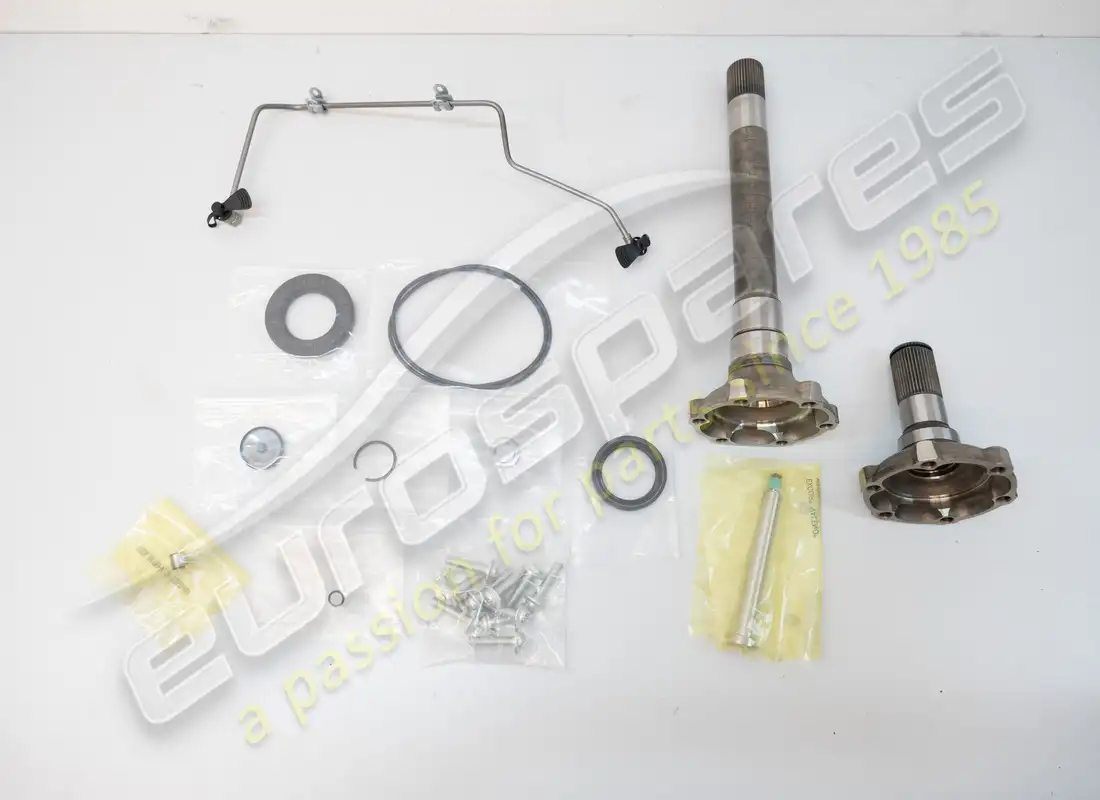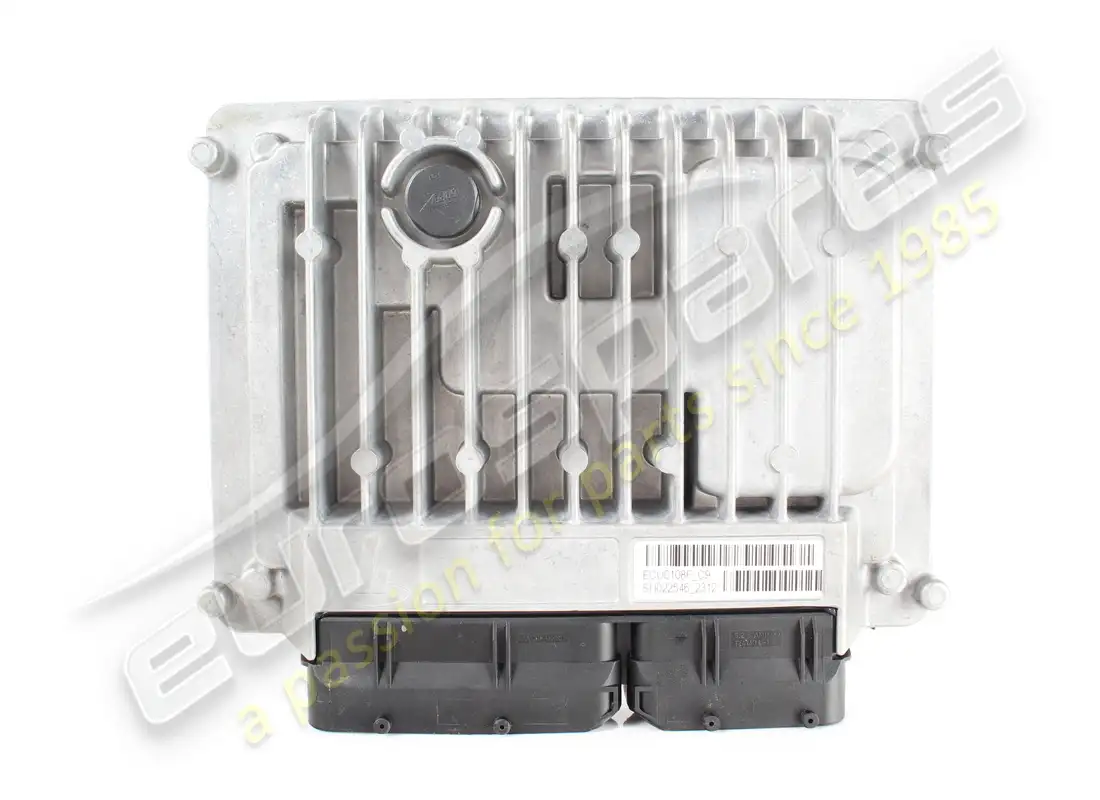Ferrari 458: Evolution of Aerodynamics and Performance
Ferrari built a total of 21,150 F458s from 2009 until 2015, assembled in Maranello, Italy and designed by Donato Coco (who, funny enough, was the designer behind the Citroën C2, C3 and C4) in collaboration with Pininfarina. Ferrari introduced three variants for the 458; the primary was known as the Italia, followed by the Spider and the Challenge.
The Ferrari 458 was the successor to the F430 but arose from an entirely new design. Gathering over thirty international awards from “Car of the Year 2009” to “Cabrio of the Year 2011”, and while we’re on the subject of awards, the 458 Speciale, a high-performance variant of the 458 Italia, won Top Gear’s “Supercar of the Year 2013” and the James May’s “Car of the Year” award.
Read More >>
The Ferrari 458’s mid-rear engine was influenced by the carry-over of Ferrari’s racing technology; its naturally-aspirated 4.5 liter V8 engine could reach a maximum of 9,000 rpm, which was a first for an eight-cylinder road car. Changing through its dual-clutch, seven-speed F1 transmission, the F458 could reach a top speed of 202 mph and shoots from 0 to 60 in 3.1 seconds.
The Ferrari 458 was the fourth road car after the Enzo, Challenge Stradale and 430 Scuderia, not to be offered with Ferrari’s classic gated manual transmission.
When it comes to the F458’s design, its exterior wasn’t just for show - it was shaped by smart engineering for aerodynamic efficiency. The car generates 140kg of downforce at 120 mph. Up front, small aeroelastic winglets produce downforce but cleverly flex at higher speeds to cut drag.
The F458 Italia’s design has drawn inspiration from the Enzo Ferrari and its Millechili concept car. The F458 design is unmistakably Ferrari, incorporating the key characteristics used across every Ferrari that leaves Maranello - mixing themes of purity, simplicity, technology, efficiency and lightness, all of which underpin the F458’s design concept.
The 458’s interior was designed with input from former Ferrari Formula 1 driver Michael Schumacher. Creating a layout familiar to racing cars, adding more controls to the steering wheel, making for a much more engaging driving experience and giving the driver more bragging rights when showing their prized 458 off to friends and family.
The Ferrari 458 Spider was introduced in 2011 at the Frankfurt Motor Show. It was the convertible variant of the 458 Italia, and its engine cover was redesigned to accommodate the retractable roof system.
In 2013, Ferrari unveiled the 458 Speciale, the high-performance version of the 458 Italia, known as the “Special Series”. You could point out the Speciale’s from its forged wheels, vented hood, redesigned bumpers and taller rear spoiler. In 2014 Ferrari introduced the Speciale Aperta, which was the convertible variant of the 458 Speciale.
The 458 Challenge was the successor to the F430 Challenge, a car that is packed full of racing pedigree. The F458 Challenge lapped the Fiorano test track in just 1:16.5, making it two seconds quicker than the F430 Challenge.
Ferrari had taken the design and performance of the F458 several steps further with two racing track iterations, the 458 Italia GT2 and GT3, designed to compete in races like the Spa 24 Hours to the Gulf 12 hours. Intimidating the driver in front who looked into their rear-view mirror, to witness the menacing presence of the GT2 and GT3’s yellow endurance-racing headlamps and vented hood, which made for a much meaner F458, designed to thrive within its natural racetrack habitat.
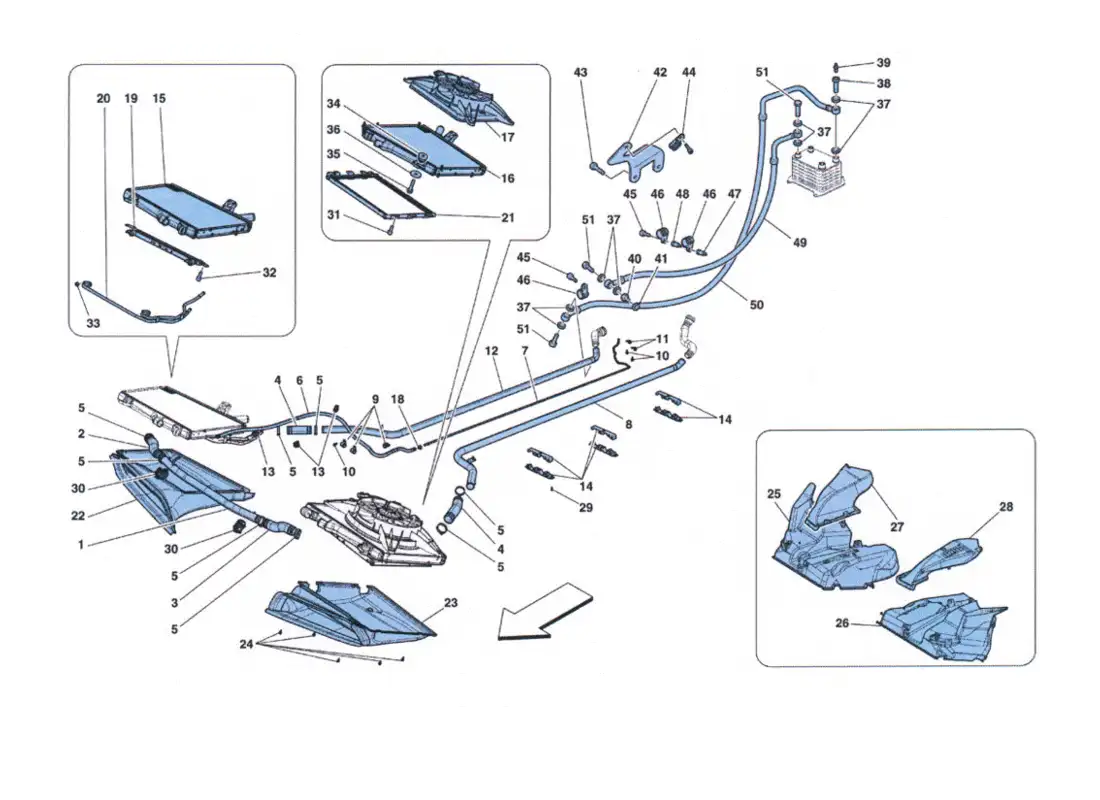
-part-diagram.webp)
-part-diagram.webp)
-part-diagram.webp)
-part-diagram.webp)
-part-diagram.webp)
-part-diagram.webp)
-part-diagram.webp)
-part-diagram.webp)
-part-diagram.webp)
-part-diagram.webp)
-part-diagram.webp)
-part-diagram.webp)

